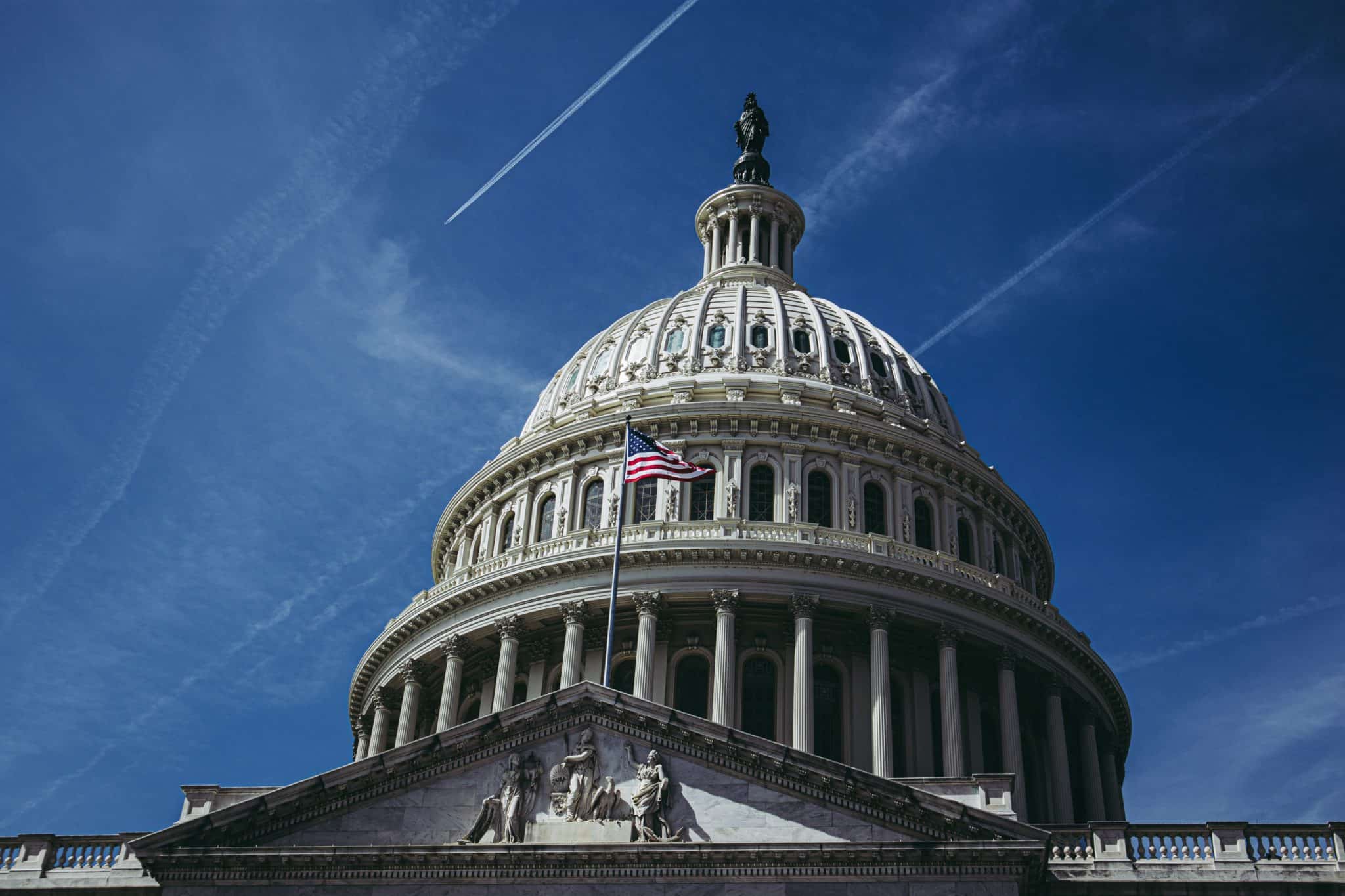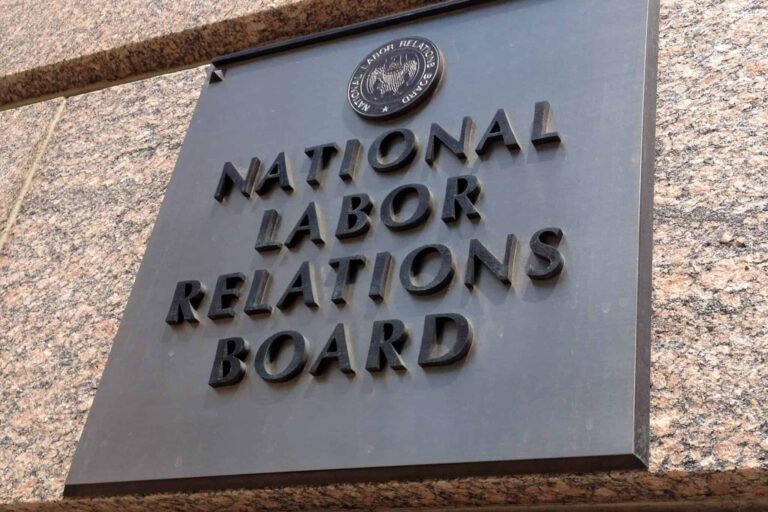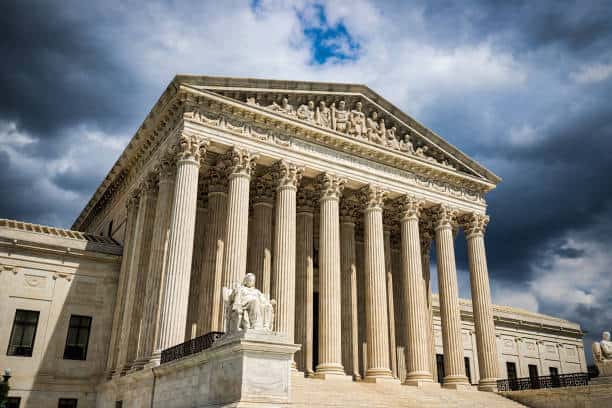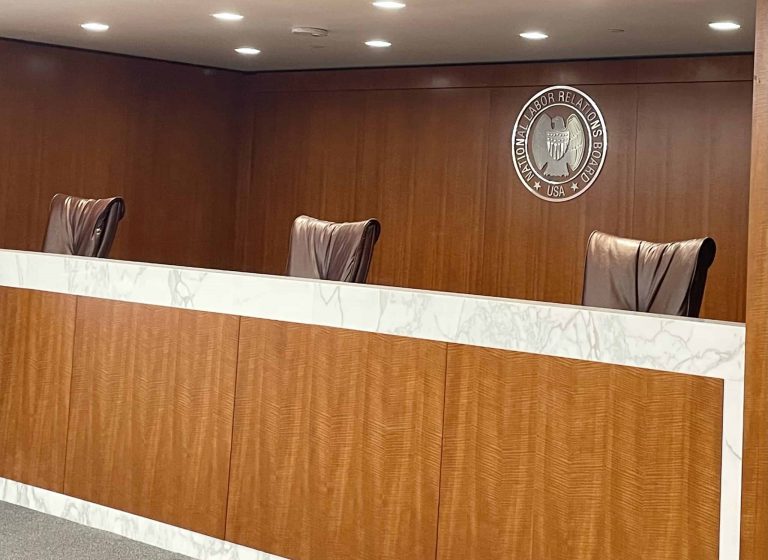
Sam Estreicher is the Dwight D. Opperman Professor of Public Law at NYU School of Law, where he directs the Center for Labor and Employment Law. He served as chief reporter of the Restatement of Employment Law (2015).
Rather than a wish list of labor law reforms, we need “Labor Law Reform for the Long Haul”—sensible changes that can attract bipartisan support and that will not result in endless policy oscillation with each new administration. What follows is a sketch of some such changes; others are also possible.
I. Bolstering the Acceptability/Durability of Secret-Ballot Representation Elections
A. “Easy In, Easy Out”
As evidenced by the proposed PRO Act and Cemex Construction Materials, the labor movement and its political allies have long hoped to replace secret-ballot representation elections with card-check procedures.
Routine resort to obtaining bargaining authority via card-check, however, would be undesirable labor policy because authorization cards obtained at the behest, and typically in the presence, of a union organizer are not always a reliable indicator employee preferences. At the very least, card-check should be accompanied by a rule permitting a waiting period (for possible revocations) before the signatures take effect, and card-check procedures should also suffice for decertifying or de-authorizing the union agency (subject to the usual contract-bar rules).
B. Limited Union Access to the Employer’s Property to Present Its Views
Unions and employers who support secret-ballot elections should endorse a limited form of union access to the employer’s premises. Such access should be a matter of right; it would kick in when the union can show enough support to obtain an NLRB election (thirty percent of the bargaining unit). The union would be afforded access during set times to the employee cafeteria and break rooms. If employers want a secret-ballot election and want to discuss the union organizing drive with their employees, they should be open to giving the union a reasonable opportunity on the employer’s premises to communicate its views. Such access is the cost of preserving the durability and acceptability of secret-ballot elections. This procedure is more likely to produce an informed vote and give employees an opportunity to evaluate the often heated rhetoric from both sides. (Such access is distinguishable from the extreme union access right struck down in Cedar Point Nursery v. Hasdid, 594 U.S. 139, 154 (2021).)
II. Strengthening the Remedial Authority of the NLRB
A. Section 10(j) of the National Labor Relations Act
It is commonly accepted that the NLRB lacks sufficient remedial authority to deter law-breaking by unscrupulous employers.
The risk of retaliatory discharge to workers who exercise their Section 7 rights can be substantially reduced by clarifying that the agency’s general counsel has authority, without having to obtain the Board’s approval, under a revised Section 10(j), to seek a federal court order of interim reinstatement, where the general counsel demonstrates that it is more likely than not that the discharge was in retaliation for union activity. The general counsel’s office should hold a quick evidentiary hearing before going to court so that the application is not based entirely on affidavits that have not been subject to cross-examination. Section 10(j) should be amended to make clear interim reinstatement is an authorized remedy, not an extraordinary measure. And the court’s role would be limited to determining whether the general counsel had a reasonable basis in the record that serious ULPs are being committed, and that the Board’s usual adjudicative process will come too late to redress the injury to employees’ section 7 rights.
B. Deterrence of Bad-Faith Bargaining
Because unions about half of the time are unable to reach a first contract, the PRO Act’s proponents seek mandatory “interest arbitration” as a remedy—which involves an arbitrator imposing a first contract on the basis of what other employers in other, unspecified, contexts have agreed to.
But it is not clear why arbitral resolution would be preferable to laws setting terms and conditions of employment. Compulsory interest arbitration, after all, involves delegating the power to write contracts to third-parties. Both labor and management should consider measures to remove the incentive to engage in bad-faith bargaining, without the government (via interest arbitration) imposing contracts on the parties. One approach would be to authorize litigation fees and stipulated penalties where either party has not engaged in a serious effort to reach an agreement.
III. Creating Incentives for Unions to Take a Varied Approach to Their Role
A. Altering the Remedies for DFR Violations
When unions are exclusive bargaining agents, they owe an implied duty to represent fairly the interests of all represented employees. A breach of this Duty of Fair Representation (DFR) can result in jury-trial litigation and damages awards against the union. Unions in many areas take to arbitration grievances of employees whom they know are guilty of serious misconduct because that is a safer course than is a costly DFR jury-tried suit by the disgruntled employee.
Re-arbitration, not a jury trial, should be the exclusive remedy for a DFR breach. The grievant would be given an equal say in the selection of the arbitrator and would participate in the hearing; and, as a consequence of a claimed DFR violation found to have merit, the union would bear the cost of the re-arbitration. This alternative is permitted by the Supreme Court’s decision in Vaca v. Sipes, 386 U.S. 171, 190–91 (1967), but has not been picked up in practice or the case law.
B. Union Democracy Reform
Presently, unions by law have to be organized as democratic membership organizations. Unions certainly should be responsive to represented employees—that is one reason why decertification should be made easier—but there is no reason why they have to be democratically organized any more than corporations or other service providers generally have to be structured in that manner. Bargaining agents should be free to adopt whatever structure they believe will help them more effectively represent workers. The insistence on the democratic form creates unnecessary administrative costs and, moreover, limits the range of union representatives to political types possibly more interested in ideology than reasonable, achievable objectives in bargaining.
IV. Depoliticizing the NLRB Process
One step towards depoliticizing the Board would be to separate its adjudicative function from the policymaking/prosecutorial function of the agency. The adjudicative function could be assigned to a corps of ALJs housed in the Labor Department or a new Article I court. The prosecutorial function would be lodged with the NLRB general counsel or other office answerable to the President. This restructuring would not eliminate politics but would serve to reduce its role in adjudications. If a policy reversal is pursued by the policymaking agency, this should trigger a rulemaking proceeding or at least an opportunity for oral argument by invited members of the interested public.
V. Encouraging Dialogue Between Employers and Employees in the Non-Union Sector
It is time to reassess the NLRA’s ban on employer-assisted “company unions” to employee groups that simply engage in back-and-forth discussions of wages, hours, and working conditions with their employers. Section 2(5) of the Act should be amended to replace “dealing with” with “collectively bargaining with.” This would make clear that employers could not set up a bargaining structure with a company-assisted organization, but less formal, even bilateral, dealings would be permitted. Employees would retain their section 7 right to refrain from participation in these committees/advisory groups and could not be barred from such participation because they are union supporters. The operations of informal employer-established committees would be suspended after a section 9 petition for a representation election is filed.
*Note: A complete text of this paper, titled “Labor Law Reform for the Long Haul,” will be published at 38 J. Lab. & Emp. L. 327 (forthcoming 2025).










Daily News & Commentary
Start your day with our roundup of the latest labor developments. See all
December 22
Worker-friendly legislation enacted in New York; UW Professor wins free speech case; Trucking company ordered to pay $23 million to Teamsters.
December 21
Argentine unions march against labor law reform; WNBA players vote to authorize a strike; and the NLRB prepares to clear its backlog.
December 19
Labor law professors file an amici curiae and the NLRB regains quorum.
December 18
New Jersey adopts disparate impact rules; Teamsters oppose railroad merger; court pauses more shutdown layoffs.
December 17
The TSA suspends a labor union representing 47,000 officers for a second time; the Trump administration seeks to recruit over 1,000 artificial intelligence experts to the federal workforce; and the New York Times reports on the tumultuous changes that U.S. labor relations has seen over the past year.
December 16
Second Circuit affirms dismissal of former collegiate athletes’ antitrust suit; UPS will invest $120 million in truck-unloading robots; Sharon Block argues there are reasons for optimism about labor’s future.